
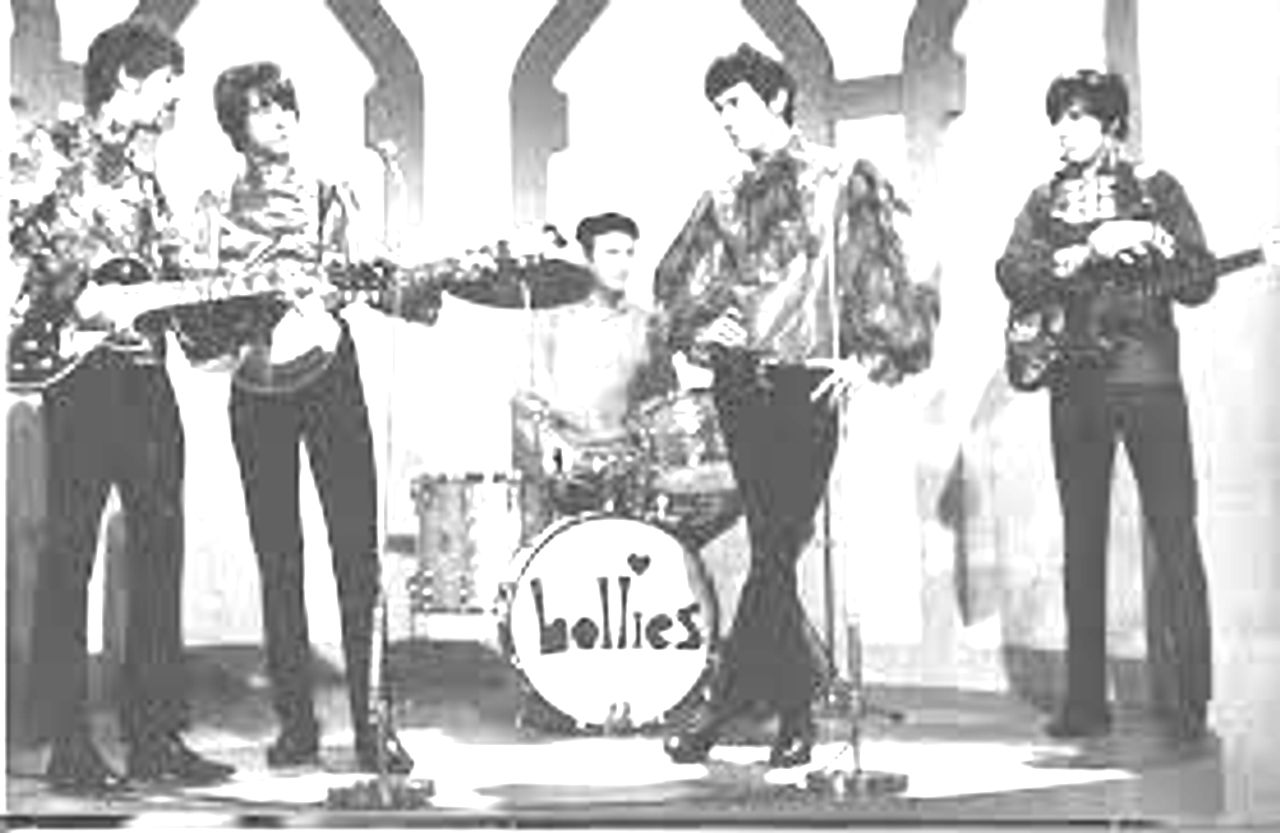
The Hollies
Follow Your Favorite Band Today!
Top The Hollies Community Posts
Band Timeline
Formation of The Hollies in Manchester
Lineup solidifies with Tony Hicks and Bobby Elliott
Rise to popularity with early hits and UK chart success
Bass player change due to management dispute
Graham Nash departs to form Crosby, Stills & Nash
Temporary vocalist change and Allan Clarke's brief exit
Addition of touring keyboardists
Lineup changes and brief reunion with original members
Induction into the Rock and Roll Hall of Fame
Albums
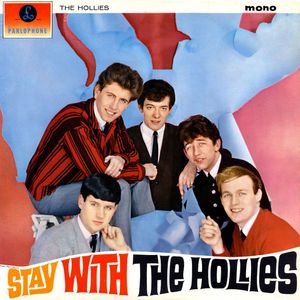
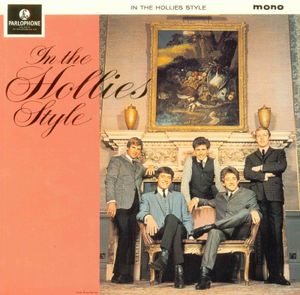
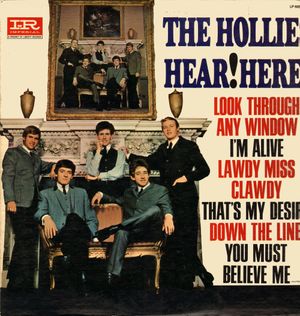

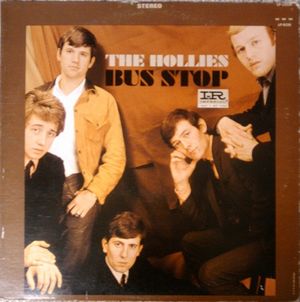
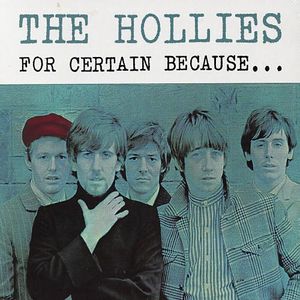
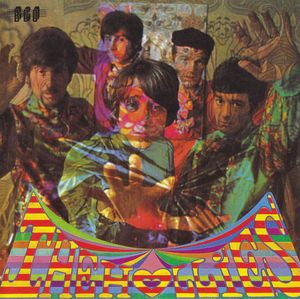
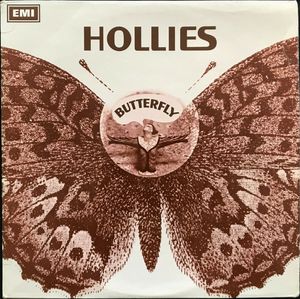
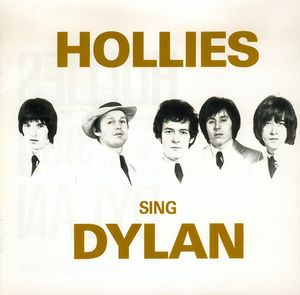
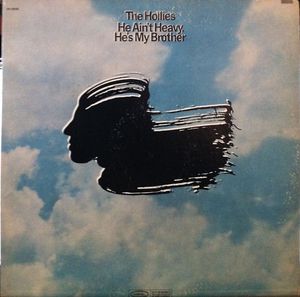
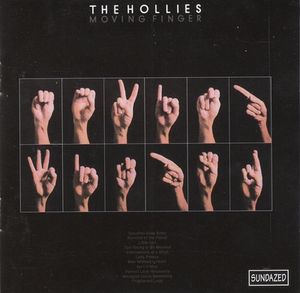
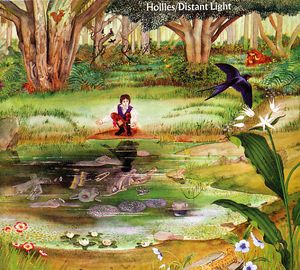

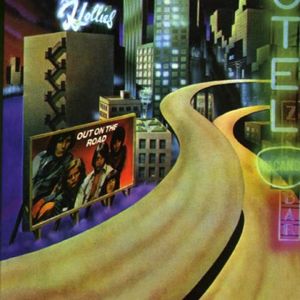
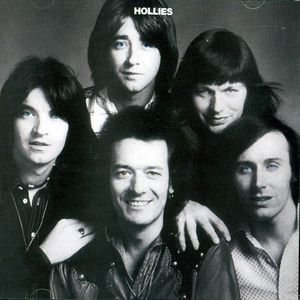
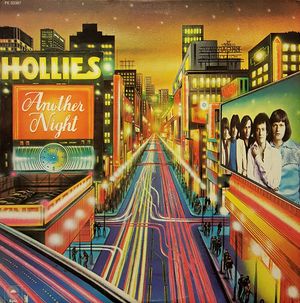

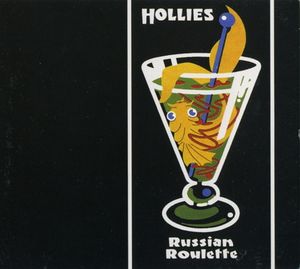

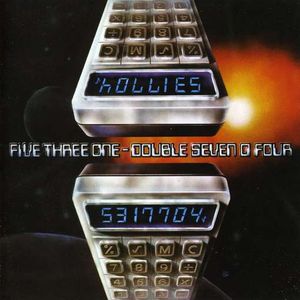
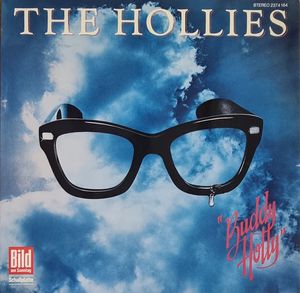
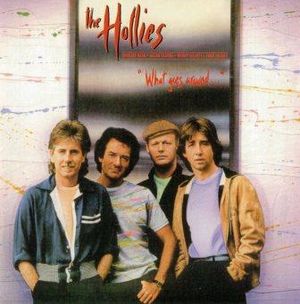
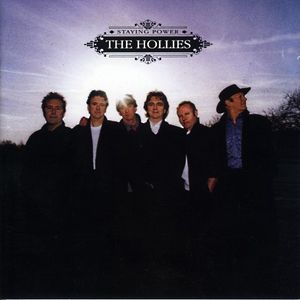
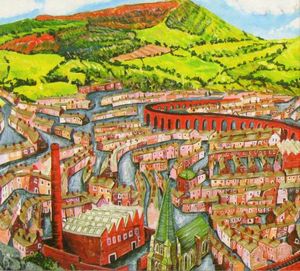
Members
Current
Bernie Calvert
Ian Parker
Keyboard
Ray Stiles
Tony Hicks
Bobby Elliott
Drums (drum set)
History
Eric Haydock
Bass guitar
Mikael Rickfors
Graham Nash
Allan Clarke
Carl Wayne
Graham Nash
Allan Clarke
Terry Sylvester
Don Rathbone
Alan Coates
Story of The Hollies
The Hollies: A Harmonious Journey Through Rock & Roll History
The Hollies are a legendary English band, born in the vibrant musical scene of 1962. They emerged as a key player in the British Invasion, captivating audiences with their trademark three-part harmonies. Their roots lie in the Merseybeat sound, originating in Manchester, though their members hailed from various corners of northern England.
The band's core, founders Allan Clarke and Graham Nash, set the stage for a musical journey filled with both triumphant highs and bittersweet departures. Nash, a crucial element in the Hollies' sound, left the group in 1968 to join the supergroup Crosby, Stills & Nash, leaving a void that was eventually filled by the talented Terry Sylvester. Despite the lineup changes, the Hollies continued to shine, maintaining a consistent presence in the music world.
Their impact on the charts was undeniable. The mid-60s saw them soar in the UK with hits like "Just One Look," "Here I Go Again," "I'm Alive," "Look Through Any Window," and "I Can't Let Go." While they initially struggled to conquer the US, "Bus Stop" became their breakthrough in 1966.
Throughout the 70s, their success continued on both sides of the Atlantic, with anthems like "Stop Stop Stop," "On a Carousel," "Carrie Anne," "He Ain't Heavy, He's My Brother," "Long Cool Woman in a Black Dress," and "The Air That I Breathe" solidifying their position as a musical force.
The Hollies boast an impressive catalog, with over 30 singles charting in the UK, 22 in the US, and 21 in Canada. They stand as a testament to enduring musical power, continuing to record and perform even after five decades, a feat achieved by few bands from that era, making them a rare breed among the rock 'n' roll elite. The Hollies have weathered the storms of time, their harmonies echoing across generations, ensuring that their legacy as one of the most significant British bands of all time remains firmly intact.
Bands you may like
More Pop Rock Bands
Explore Pop RockDiscover more bands in the Pop Rock genre and explore the diverse sounds that define this musical style.
Browse All Pop Rock BandsMore Bands from United Kingdom
Explore United KingdomDiscover the rich musical heritage of United Kingdom and explore bands that represent the country's unique sound and culture.
Browse All United Kingdom Bands